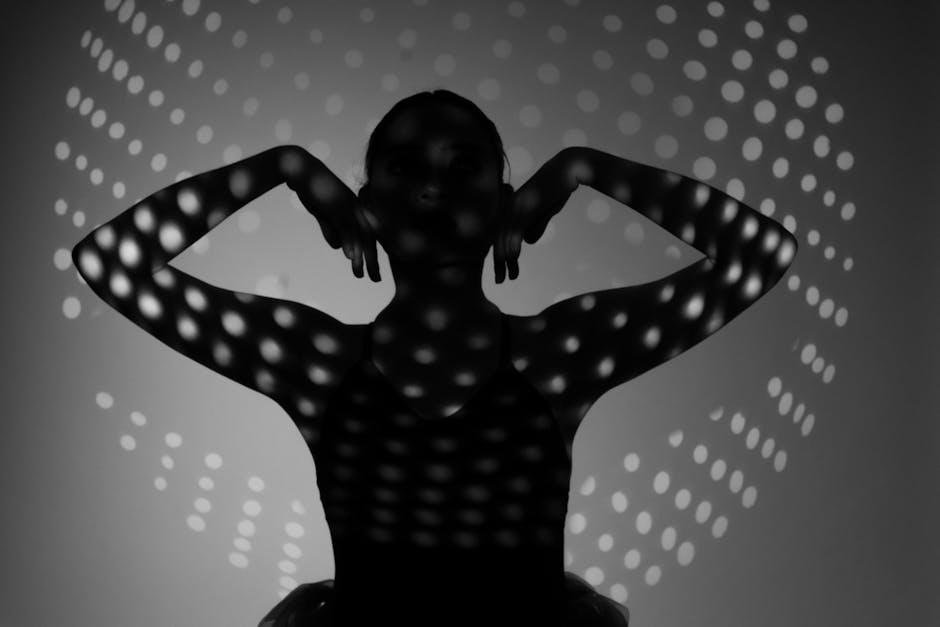In the world of cinema, a script is merely the seed from which a film blooms. It’s the director who cultivates this seed, transforming words on a page into a vivid tapestry of sight and sound. This metamorphosis is a dance of creativity and vision, where dialogue becomes drama, and scenes evolve into symphonies of emotion. How do directors navigate this intricate journey from script to screen, crafting unforgettable visual storytelling experiences? Join us as we delve into the art and alchemy behind this cinematic magic, exploring the tools and techniques that breathe life into the written word.
Crafting the Vision: Translating Script to Screen
Transforming a script into a captivating visual journey is an art form that directors master through a blend of creativity and technical expertise. Directors serve as the architects of storytelling, meticulously designing each frame to evoke emotion and convey the narrative’s essence. This process involves a collaborative effort with key team members such as cinematographers, production designers, and costume designers, all working in harmony to bring the script’s world to life.
- Visualization: Directors begin by visualizing the story, often using storyboards or mood boards to map out the visual flow.
- Scene Composition: Thoughtful composition of each scene ensures that every shot contributes to the overarching narrative.
- Lighting and Color: The use of light and color palettes is meticulously planned to enhance the mood and tone of the film.
- Performance Direction: Directors guide actors to embody their characters, ensuring authentic and impactful performances.
By weaving together these elements, directors craft an immersive experience that not only tells a story but also resonates with audiences on a deeper level. The transition from script to screen becomes a symphony of visuals and emotions, creating lasting impressions that endure long after the credits roll.

The Art of Visual Language: Techniques for Impactful Imagery
Directors transform scripts into visual narratives by harnessing a variety of techniques that elevate storytelling beyond words. Cinematography plays a crucial role, where choices in camera angles, lighting, and movement shape the viewer’s perception and emotional response. A close-up might evoke intimacy or tension, while a wide shot can emphasize isolation or grandeur. Color palettes are meticulously selected to convey mood and themes, with warm tones often suggesting comfort or nostalgia, and cooler hues evoking detachment or melancholy.
Moreover, directors often employ symbolism to add layers of meaning, using objects, settings, or even weather to reflect a character’s journey or the story’s underlying message. The strategic use of sound and music further enhances the visual experience, with soundscapes and scores setting the rhythm and emotional tone. Directors also pay attention to pacing and editing, ensuring that each scene transitions smoothly to maintain narrative flow and engagement. Through these techniques, directors create a visual language that resonates deeply, turning scripts into unforgettable cinematic experiences.

Harnessing Emotion: The Directors Toolkit for Resonance
Directors wield the power of emotion to transform scripts into unforgettable visual narratives. By tapping into the emotional core of a story, they craft experiences that resonate deeply with audiences. Here are some key techniques:
- Visual Metaphors: Using imagery that symbolizes underlying themes or emotions, directors create a visual language that communicates more than words ever could.
- Color Psychology: Through strategic use of color palettes, directors evoke specific feelings—red for passion, blue for calm, or gray for despair—guiding the audience’s emotional journey.
- Sound Design: From a haunting score to the subtlety of ambient sounds, audio elements enhance the emotional impact, creating an immersive experience that lingers long after the credits roll.
By integrating these elements, directors ensure that the emotional essence of a story not only reaches the audience but also leaves a lasting impression.

Building Worlds: Set Design and Cinematic Atmosphere
In the realm of filmmaking, the transformation of a script into a visual masterpiece hinges on the intricate art of set design. Directors collaborate with production designers to craft immersive environments that not only complement the narrative but also enhance the emotional resonance of each scene. Through meticulous attention to detail, they construct worlds that draw audiences into the story, allowing them to experience the narrative on a visceral level.
Key elements of effective set design include:
- Authenticity: Ensuring that every prop and backdrop aligns with the story’s time period and setting.
- Symbolism: Utilizing color schemes and architectural styles to reflect underlying themes.
- Atmospheric Lighting: Creating mood and depth, transforming mundane spaces into evocative settings.
These components combine to form a cinematic atmosphere that elevates storytelling, turning mere words on a page into unforgettable visual experiences.

